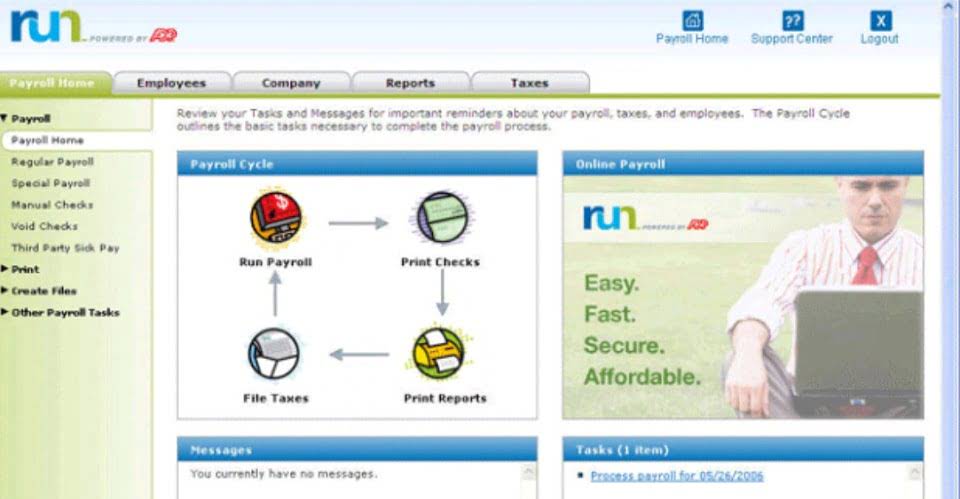
When dividends are declared by a corporation’s board of directors, a journal entry is made on the declaration date to debit Retained Earnings and credit the current liability Dividends Payable. As stated earlier, it is the declaration of cash dividends that reduces Retained Earnings. The closing entries of a corporation include closing the income summary account to the Retained Earnings account.

More Share Terminology
From time to time, I will invite other how to find stockholders equity voices to weigh in on important issues in EdTech. We hope to provide a well-rounded, multi-faceted look at the past, present, the future of EdTech in the US and internationally. Net working capital is a useful tool for analyzing exactly what’s driving a company from one year to the next. The markets where people buy and sell stock come in several different flavors. Shaun Conrad is a Certified Public Accountant and CPA exam expert with a passion for teaching.
- The market-to-book (M/B) ratio compares a company’s market capitalization to its book value.
- Stockholders’ equity is typically included on a company’s balance sheet but it’s possible to calculate it yourself.
- Since the balance sheet amounts reflect the cost and matching principles, a corporation’s book value is not the same amount as its market value.
- As you can see there is a heavy focus on financial modeling, finance, Excel, business valuation, budgeting/forecasting, PowerPoint presentations, accounting and business strategy.
- Calculating stockholders’ equity can give investors a better idea of what assets might be left (and paid out to shareholders) once all outstanding liabilities or debts are satisfied.
- Shareholders’ equity includes preferred stock, common stock, retained earnings, and accumulated other comprehensive income.
- Subtracting liabilities from assets, we see that shareholders’ equity was therefore $66.8 billion ($331.2 billion -$264.4 billion).
Accounting for changes to stockholders’ equity
If a balance sheet is not available, another option is to summarize the total amount of all assets and subtract the total amount of all liabilities. The stockholders’ equity is only applicable to corporations who sell shares on the stock market. For sole traders and partnerships, the corresponding concepts are the owner’s equity and partners’ equity.
- We must look to appraisers, financial analysts, and/or the stock market to help determine an approximation of a corporation’s fair market value.
- In other words, the Shareholder’s equity formula finds the net value of a business or the amount that the shareholders can claim if the company’s assets are liquidated, and its debts are repaid.
- An equity takeout is taking money out of a property or borrowing money against it.
- A balance on the right side (credit side) of an account in the general ledger.
- A balance sheet can’t predict changes in the value of a company’s assets or changes to its liabilities that haven’t occurred yet.
- It captures the unrealized gains and losses that are not reported in the income statement.
- As an Investopedia fact checker since 2020, he has validated over 1,100 articles on a wide range of financial and investment topics.
Example of How to Calculate Stockholders’ Equity
Several valuation models incorporate equity data to estimate a company’s intrinsic worth. The primary motivation for a stock split is to make the stock more affordable and attractive to a broader range of investors, increasing liquidity. Using the average mitigates the impact of any significant changes in equity that may have occurred during the year, providing a more stable base for ratio analysis. Pay attention to any disclosures about stock issuances, repurchases, or dividend payments that occurred during the quarter. Like the 10-K, the 10-Q includes a balance sheet with Stockholders’ Equity information. These filings are crucial for transparency and accountability, enabling investors to make informed decisions based on reliable data.

If negative, the company’s liabilities exceed its assets; if prolonged, gym bookkeeping this is considered balance sheet insolvency. Typically, investors view companies with negative shareholder equity as risky or unsafe investments. Shareholder equity alone is not a definitive indicator of a company’s financial health; used in conjunction with other tools and metrics, the investor can accurately analyze the health of an organization. In this formula, the equity of the shareholders is the difference between the total assets and the total liabilities. For example, if a company has $80,000 in total assets and $40,000 in liabilities, the shareholders’ equity is $40,000.
The shareholders equity ratio, or “equity ratio”, is a method to ensure the amount of leverage used to fund the operations of a company is reasonable. Next, the “Retained Earnings” are the accumulated net profits (i.e. the “bottom line”) that the company holds onto as opposed to paying dividends to shareholders. Shareholders Equity is the difference between a company’s assets and liabilities, and represents the remaining value if all assets were liquidated and outstanding debt obligations were settled. Still, shareholder equity alone is not a definitive indicator of a company’s well-being. It should be used in conjunction with other tools and metrics to analyze a company’s financial health. In most cases, retained earnings are the largest component of stockholders’ equity.

First, we subtract the $200 of net income from period-end stockholders’ equity. Profits increase stockholders’ equity, so when working backward, we must subtract them to move from ending to beginning stockholders’ equity. With this information, we can work our way backward to figure out beginning stockholders’ equity. As a rule of thumb, if one of these changes would increase capital, we’ll subtract it from the period-end stockholders’ equity.


Think of it as the owner’s stake in the business, the portion that would theoretically be left for shareholders if all assets were sold and all debts were paid. An asset is what a company owns and from which the liabilities are subtracted to obtain its equity value. In short, the asset value can be calculated by adding the firm’s equity and total debt or liabilities. online bookkeeping Treasury Stock is the value of shares bought back/ repurchased by the company.
